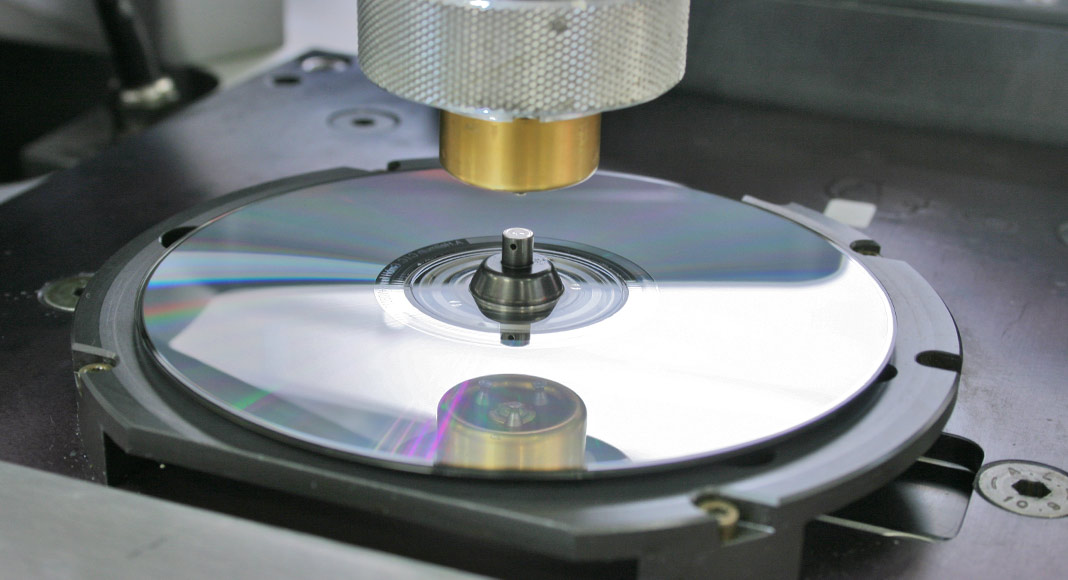Development of the Compact Disc, CD-ROM, DVD and Blu-Ray
1841: French mathematician Augustin-Louis Cauchy proposed Sampling Theorem, which was used in the conversion of audio into digital format.
In this article
1842: An analytical engine for storing and performing calculations developed by Charles Babbage, a British mathematician and inventor.
1854: George Boole, a British mathematician, published theoretical concept used in digital circuits.
Sign Up for Free Today
Find the perfect voice for your job today, or sign up as a talent to start booking voice over work on Voices.
1855: Phono-autograph, a device used to record vibrations on a carbonized paper, was invented by Leon Scott de Martinville, a French printer-turned-inventor.
1877: Thomas Edison, an American inventor and scientist, invented the phonograph, an earlier version of the gramophone.
1887: Edison’s Wax Cylinder Phonograph replaced by the first ever audio disc, which was invented by American Emile Berliner.
1915: First 10-inch 78 rpm gramophone record introduced.
1922: The concept of time sampling in communication introduced by John Renshaw Carson.
1928: Technology used for today’s audio CDs proposed and proved in theory by Harry Nyquist, a Swedish physicist.
1937: Alec Reeves, a British scientist, invented pulse-code modulation technology, which is still being used in audio CDs today.
1947: Magnetic tape recorders introduced in US markets.
1948: Claude Shannon, American mathematician and “Father of Information Theory”, published Mathematical Theory of Communication, which contributed significantly to CD technology.
1949: 7-inch 45 rpm records introduced in the US markets.
1950: Richard Hamming, an American mathematician, published Theory of Error Detection and Corrections, an important document for the manufacturing of error-free CDs.
1958: Jack Kilby at Texas Instruments introduced the integrated circuit.
1960: Laser technology introduced by Theodore Maiman and used for data storage in CDs. Irving Stoy Reed and Gustave Soloman invented the Reed Solomon code, an algebraic error-correcting and detection code, which was used for reading and encoding CDs.
1965: James Russell, an American inventor, introduced the concept of optical digital recording and playback.
1967: 12-bit PCM digital audio recording demonstrated at NHK Technical Research Institute, Japan. The audio was recorded onto a high grade video tape.
1969: The idea of a compact disc was born in the mind of Klass Compaan, a Ducth physicist.
1970: A glass disc prototype that was readable by laser was created by Klass Compaan and Pete Kramer at Philips.
1971: Intel produced the microprocessor.
1972: First color prototype of the compact disc produced by Kramer and Compaan.
1975: Research on laser and optical disc technology started by Sony.
1977: Philips began researching laser and optical disc technology.
1976: Demonstration of an optical digital audio disc by Sony.
1978: Sony demonstrated an advanced version of optical digital audio disc with playing time of 150 minutes.
1979: Philips launched compact disc.
1980: CD-DA format introduced by Philips and Sony, and standards were laid down in the Red Book.
1981: First test CD created in Hannover, Germany by the Polydor Pressing Operations plant.
1982: Manufacturing of CDs began on a large scale in a factory.
1982: First ever album on a CD released by Sony, which was Billy Joel’s 52nd Street.
1983: CD players and discs hit the market in the US and the rest of the world.
1984: Advanced technology to store and retrieve data from CD-ROM introduced.
1985: CD-ROM drives introduced in the US and world markets. Dire Straits became the first artist to sell a million copies on CD.
1986: CD-I, the interactive CD concept, was introduced.
1987: The first Video CD (VCD) format created for storing and playing video and audio.
1988: The concept of CD-R, a recordable CD, was born.
1990: Philips and Sony created a recordable CD called the CD-R.
1991: CD-I format created and launched in the market.
1996: DVD technology hit the world, through the collaboration of leading computer companies such as Sun, Apple, Dell, and many more.
1997: DVD released in the market, sidelining CDs. Rewritable CDs and CD-RW introduced in the market.
1999: Super Audio CD is released by Sony and Philips as a higher quality digital audio recording.
2000: DVD-Audio is released as a competitor to Super Audio CDs, neither of which achieved much success on the mass market.
2000: The DVR Blue prototypes are unveiled, later to become known as Blu-Ray discs.
2003: The first consumer available Blu-Ray player is released in Japan by Sony.
2008: Sales for large label CDs drops 20% due to rising popularity of MP3 audio.
Wondering How Voice Recordings Began?
The history of the CD shows that this form of media has taken an interesting journey!
If you’ve ever wondered how the first voice recording technology was launched, we’ve looked into it for you too!

Comments
Nice overview.
Recommend to add Emil Berliners Record (Victor) and Shannon-Kotelnikov’s sampling theorem.
thank you for the support